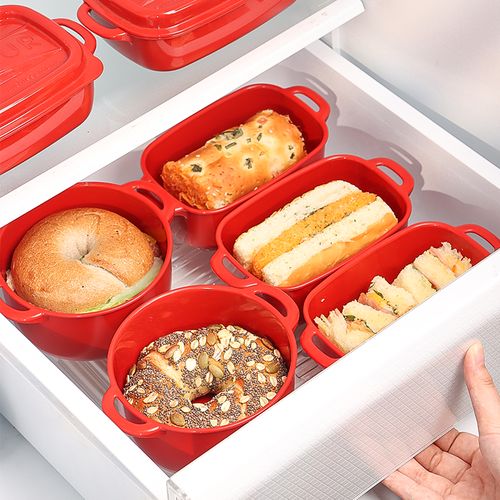Stabilizers Phospholipids Supplier,used in Microwave Foods
Time:2024-07-23The stability of phospholipids in microwave foods is influenced by various factors, including the type of phospholipids, microwave heating conditions (such as time, temperature, power, etc.), and the food matrix.
Phospholipids are a class of lipids containing phosphate, and they are crucial components of biological membranes, with functions such as emulsification, antioxidation, and thickening. Phospholipid molecules are amphiphilic, having a hydrophilic head containing nitrogen or phosphorus and a hydrophobic (lipophilic) long hydrocarbon chain, which allows phospholipids to play an essential role in food.
Microwave heating works by causing the molecules within the food to resonate, generating substantial heat from within. This method heats food more quickly and evenly than traditional methods. For phospholipids, microwave heating causes molecular vibrations and frictional heat, raising the temperature of the phospholipids. This thermal effect can impact the chemical structure and stability of phospholipids.
In addition to thermal effects, microwaves might also cause non-thermal effects on phospholipids. If the microwave frequency matches certain vibrational modes within the phospholipid molecules, specific chemical reactions or structural changes may occur. However, the precise mechanisms and extent of these non-thermal effects are not yet fully understood.
Microwave heating can accelerate the oxidative degradation of phospholipids, especially under high temperature and prolonged heating conditions. The oxidative degradation of phospholipids can lead to a decline in their emulsifying and antioxidative properties, thus affecting the quality and stability of the food. Microwave heating may also promote interactions between phospholipids and other food components (such as proteins and carbohydrates), resulting in new compounds or complexes that might influence the taste, texture, and nutritional value of the food.
Under appropriate microwave heating conditions (such as moderate temperature, time, and power), the stability of phospholipids can be maintained. This is because microwave heating can quickly and uniformly increase the temperature of the food, reducing the heating time and thereby lowering the risk of oxidative degradation of phospholipids.
Additionally, some studies suggest that microwave processing can improve certain functional properties of food, such as enhancing the stability of oils and improving food texture. These changes might be related to structural alterations of phospholipids during microwave heating.
Different types of phospholipids have varying chemical structures and stabilities, leading to different behaviors during microwave heating. The heating time, temperature, and power conditions also affect the stability of phospholipids in microwave foods. Other food components (such as proteins, carbohydrates, and moisture) may interact with phospholipids, impacting their stability during microwave heating.
The stability of phospholipids in microwave foods is a complex process influenced by multiple factors. To maintain phospholipid stability and their functional roles in food, it is necessary to reasonably control microwave heating conditions and select appropriate food matrices. Further research is needed to explore the specific mechanisms and interactions affecting phospholipids under microwave heating.


 CN
CN






